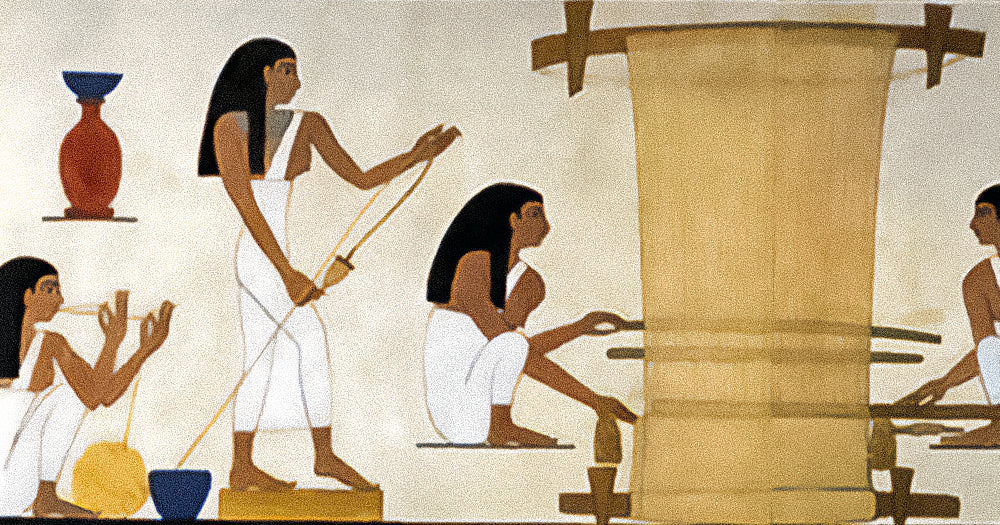
Introduction:
Towels are an essential part of our daily lives, serving various purposes, from drying off after a shower to providing comfort at the beach. But have you ever wondered about the fascinating journey that towels have taken throughout history? From humble beginnings to modern innovations, the evolution of towels is a testament to human ingenuity and our quest for comfort and cleanliness. Join us on a journey through time as we explore the captivating story of towels.
Ancient Origins:
The origins of towels can be traced back thousands of years to ancient civilizations. In ancient Egypt, for example, linen towels were used by the elite to wipe away sweat and keep cool in the hot climate. These early towels were often made from woven flax fibers and symbolized status and luxury.
Roman Influence:
The Romans, known for their advanced bathing practices, played a significant role in the evolution of towels. The Roman Empire introduced the concept of public baths, and towels became integral to the bathing ritual. These towels, known as "linteum," were large pieces of linen or cotton fabric used to dry the body after bathing.
Medieval Towels:
During the Middle Ages, towels became more common among the general population. However, they were still considered luxury items primarily used by the nobility. Towels were often elaborately embroidered with intricate designs, showcasing wealth and social status.
Industrial Revolution and Mass Production:
The advent of the Industrial Revolution in the 18th century revolutionized the towel industry. With the invention of power looms and the mechanization of textile production, towels became more affordable and accessible to the masses. Cotton, a durable and absorbent fabric, quickly replaced linen as the preferred material for towels.
The Rise of Terry Cloth:
In the late 19th century, the invention of terry cloth, a looped fabric with increased absorbency, revolutionized the towel industry. The looped terry cloth pile provided a soft and plush texture, enhancing the drying experience. This innovation paved the way for the modern bath towel as we know it today.
Modern Innovations:
In recent times, towels have seen remarkable advancements and innovations. Manufacturers have developed high-tech fibers, such as microfiber, which offer superior absorbency and quick-drying properties. Microfiber towels are lightweight and compact and have antibacterial properties, making them ideal for travel and outdoor activities.
Beyond functionality, towels have become a canvas for artistic expression and personal style. From vibrant patterns and colors to customized designs, towels now serve as statement pieces in bathroom décor. With an array of options available, individuals can select towels that complement their personal taste and home aesthetics.
Furthermore, the focus on sustainability has prompted the rise of eco-friendly towel options. Organic cotton, bamboo, and recycled materials are gaining popularity as people become more conscious of their environmental impact. These sustainable towels reduce water and energy consumption during production and offer a guilt-free choice for consumers.
Conclusion:
From their origins in ancient civilizations to the innovative towels of today, the evolution of towels showcases the remarkable progress we have made in our pursuit of comfort, hygiene, and style. As we continue to push the boundaries of textile technology and sustainability, it's exciting to envision what the future holds for towels. So the next time you reach for a towel, take a moment to appreciate the fascinating journey to become the essential household item it is today.
Whether it's the luxurious linen towels of ancient Egypt or the high-performance microfiber towels of the 21st century, towels continue to be an integral part of our lives, offering us comfort, practicality, and a touch of indulgence in our daily routines.